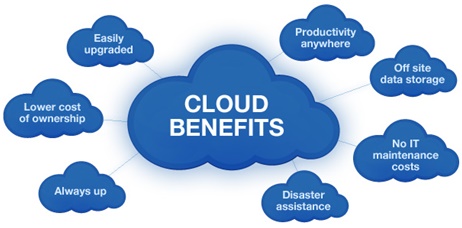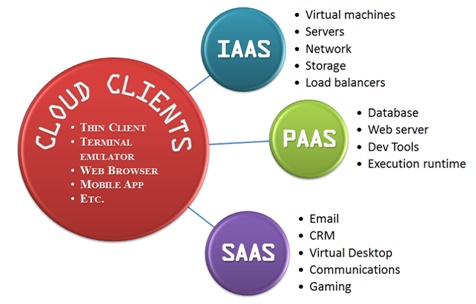Importance of Cloud Computing to the Technical World

Every day, we have lots of files to store and share between the computer systems. We also want the files to be stored on the Internet, i.e., on our website, so that our clients can easily access them. Here comes the concept of cloud computing, which is used to store, process and manage data on the Internet using a network of remote servers instead of using a personal computer or local server to store the data. It can be put in simple terms, i.e., delivering services on the Internet.
Rather than building and maintaining the computing infrastructures, cloud computing is used by the companies to consume compute resources from the providers. Electricity is an example for that.
The main reason for the rapid growth of cloud computing is its benefits for end users and businesses. Some of the main benefits of cloud computing are:

Elasticity: Computing needs will increase if the company can scale up; in the same way, demands decreases if there is a scale down.
Self-service provisioning: For any type of workload, end users can spin up computing resources on-demand.
Pay per use: Users will pay only for the workloads and resources they used as a granular-level measurement of computing resources takes place.
Cloud computing services can be hybrid, public or private whereas each of them is different.
The services that are delivered from a data centre of businesses to internal users are known as the Private Cloud. This model preserves security, control, and management. It even offers convenience and versatility. Through IT chargeback, internal customers may or may not be billed for resources and services.
In the Public Cloud model, services are delivered by a third-party provider over the Internet. The public cloud services have maximum craze, typically by the minute or the hour, they are sold on-demand. Customers need to pay only for bandwidth, storage, and CPU cycles they consume. Some of the public cloud providers are Google Compute Engine, Amazon Web Services (AWS), IBM/SoftLayer, and Microsoft Azure.
The combination of private cloud services and public cloud services is called Hybrid Cloud. It is provided with the automation and the orchestration between the two services. Companies use private cloud to run services such as sensitive applications or mission-critical workloads. For bursty workloads, the public cloud is used, and it must scale on-demand. This model takes the advantages of services provided by public cloud and still maintains control over the critical data. The main motto of hybrid cloud is that it should create scalable, unified, and an automated environment.

Yes, it is true that there have been drastic changes in the infrastructure of cloud computing in years, but it has always been divided into three categories of services such as Platform as a Service (PaaS), Infrastructure as a Service (IaaS) and Software as Service (SaaS).
AWS is one of the IaaS providers; they supply an instance of a virtual server and storage. For various workload needs, IaaS providers offer customized instances, extra-large, medium, small, and large instances of memory or compute-optimized instances.


















